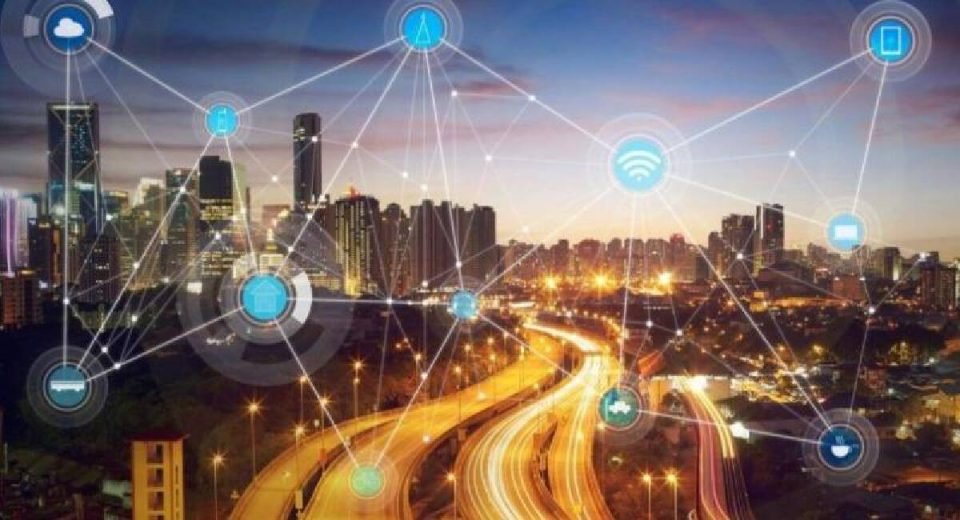Streetlights are way past than just merely lighting the road from dusk-to-dawn at fixed time intervals. The smart city trend aims to change conventional solutions with technological upgrades. Most commonly, lighting systems throughout are still the same. It is about time that smart cities adapt to the latest technologies that would significantly update vital systems such as city lighting. Therefore, it would not be incorrect to suggest that a smart lighting solution is an overdue advancement. Recent developments in smart street light concepts prove that lighting solutions can go far beyond simple remote control.
Prevalent Challenges Demanding Smart Lighting Solutions
Engineering teams across the globe are racing to find the most optimum use of smart lighting solutions. IoT became the reason for the spark behind the remote control of these street lights. Since then, intelligent lighting solutions are evolving to create more value. Future lighting systems are now crucial to address challenges such as:
- Light pollution with excessive and misdirected that affect natural conditions
- Waste of energy by unnecessary lightings even when no one is around
- Improper functioning of lights causing inconvenience and waste of power
- Environmental conditions interfering or corrupting the circuit boards
- Dormant lights that do not respond or report to remote control
How Can Smart Lighting Solutions Brighten The Future For Smart Cities?
Governments are now emphasizing making the most out of smart lighting solutions. However, these solutions feature much more than just lighting control. For instance, European Smart Cities Marketplace has undertaken an initiative to support smart lampposts development. As a result of such efforts, authorities and communities can implement a handful of concepts with smart lighting solutions. Here’s how these next-generation lighting systems can serve smart city applications:
- Sustainable Energy:
Leveraging solar power or photovoltaic energy is one of the popular applications for the most intelligent city lighting solutions. - On-demand lighting:
Smart city lighting should allow complete access to dim or control lighting as per the surrounding environment and user accessibility. - Lighting solutions that can sense:
Smart cities expect smart lights to do more than just lighting by observing temperature, humidity, and other environmental senses. - Computer vision:
Intelligent lighting systems can be the eyesight for smart cities by observing pedestrians, vehicles, security, and traffic law implementations. - Digital signs:
Digital signature and signage can allow users to find the right path, provide traffic insight, and warn about the road ahead. - Water Level Sensing:
Water level sensing is another functional area where distributed smart lights can provide insights into the entire city’s water levels. - Device failure detection & reporting:
Lighting solutions can now detect any hardware failure and provide the exact reporting idea to the authorities. These would allow authorities to address dormant lights. - Audio-visual alerts
Ideal intelligent street lights will have to go beyond just monitoring the entire solution. One can easily detect the scenarios and gather the data to revert with audio-visual alerts. - Power charge electric vehicles
Allow electric vehicles to use the lampposts to access some electrical power and perform the rest of their activities.
Considerations To Operate Smart Lighting Solutions
Smart lighting solutions come with a lot of constraints and trade-offs against the investment. Therefore, smart city planners need to identify the critical constraints for innovative lighting implementations. Foremost, smart lighting solutions are costlier than the existing lighting solutions. Hence, it puts a lot of pressure to identify a solid return on investment for its implementation.
In addition to that, one may need to consider the environmental conditions and operating environment for chosen electrical components. Failure of a smart lighting solution can result in a loss. Lastly, it is vital to ensure that smart city lights are working seamlessly in real-life scenarios. There should not be any gap in its function, and anyone passing by the road should get the right amount of lighting.
On The Bright Side
Lighting solutions are evolving rapidly for a while now, and there is no end in sight with incoming innovative trends. Technological trends like IoT, Computer Vision, and Edge Processing will change the complete outlook of streetlights. Eventually, smart lighting solutions will no longer be limited to addressing the need for luminance. Developments and implementations of smart lighting solutions are less experimental. However, implementing smart lighting for an entire metropolitan city viable is still a question that needs answering.


